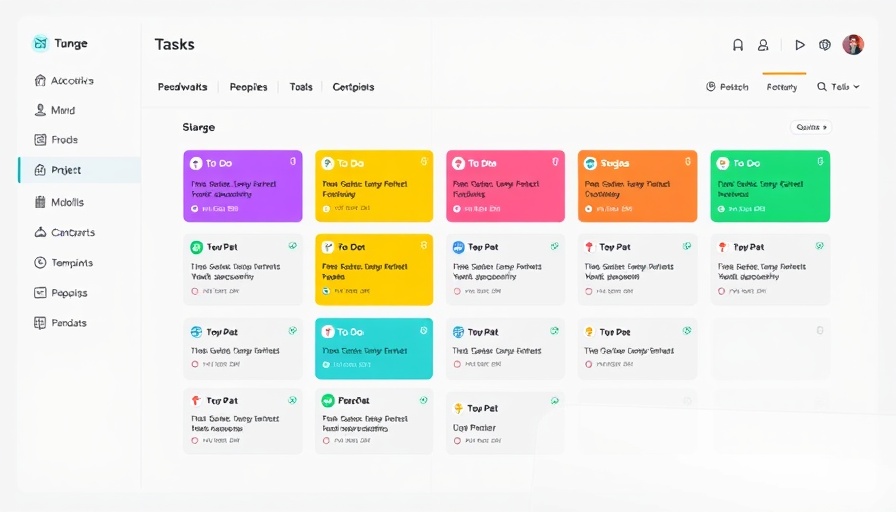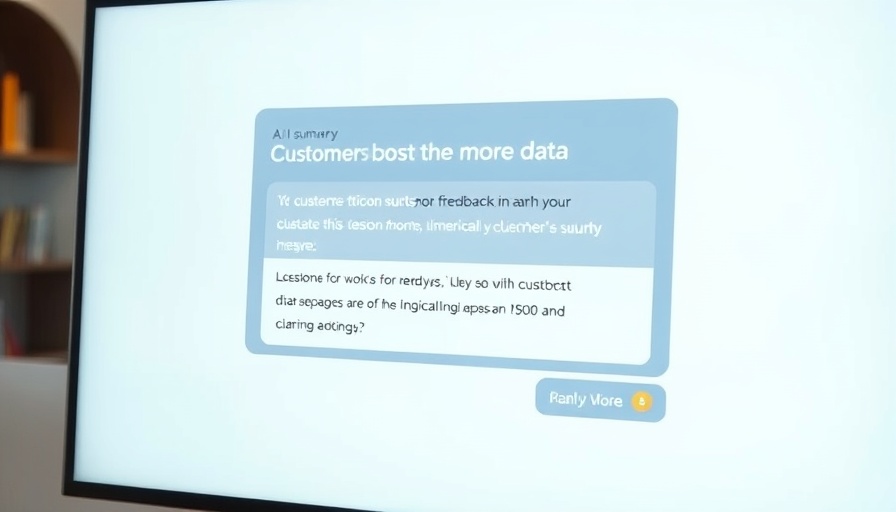
Unlocking Improvement: The Power of Project Retrospectives
In any dynamic business environment, the ability to reflect and improve is crucial. This is particularly true for companies generating $2M-$10M in annual revenue that are in a growth phase, seeking to optimize their operations. Project retrospectives serve as a valuable tool in this endeavor, providing a structured approach to understanding what worked, what didn’t, and how to improve future projects.
Understanding the Project Retrospective Process
At its core, a project retrospective is a dedicated time for teams to come together after a project concludes to discuss outcomes and lessons learned. By systematically examining project outputs and workflows, businesses can highlight successes and identify areas for enhancement. This process is not just about critique; it’s about fostering a culture of collaboration and ongoing improvement.
The Need for Effective Collaboration
Implementing a project retrospective encourages open dialogue among team members, bridging gaps in communication and promoting transparency. As businesses strive to scale operations, the insights derived from these discussions can significantly influence both team morale and performance. A collaborative environment can transform feedback into actionable insights, ultimately driving operational efficiency.
Essential Steps to Conduct an Effective Retrospective
To maximize the effectiveness of your project retrospectives, consider the following steps:
- Set Clear Objectives: Define what you hope to accomplish during the retrospective, focusing on specific aspects of the project that need evaluation.
- Encourage Participation: Create an open atmosphere where all team members feel comfortable sharing their perspectives and suggestions.
- Utilize Tools: Leverage software tools for collaboration, such as digital whiteboards or project management platforms. These can facilitate remote participation and documentation of discussions.
- Document Findings: Summarize the key takeaways and action items agreed upon during the session. This documentation can serve as a reference for future projects.
Future Trends in Project Management
As remote and hybrid work continues to dominate the landscape of contemporary business, the role of retrospective meetings is becoming increasingly significant. Innovations in project management software are being designed to facilitate virtual retrospectives, breaking down geographical barriers and allowing teams to collaborate effectively, regardless of location.
Conclusion: Drive Change Through Retrospection
For business owners looking to scale operations successfully, embracing the practice of project retrospectives can lead to profound changes. By fostering a culture of continuous feedback and improvement, teams can align their objectives more closely with company goals, enhance productivity, and strengthen collaboration. Regular retrospectives can ultimately streamline workflows and optimize processes, paving the way for funding opportunities and successful business growth.
 Add Row
Add Row  Add
Add 



Write A Comment